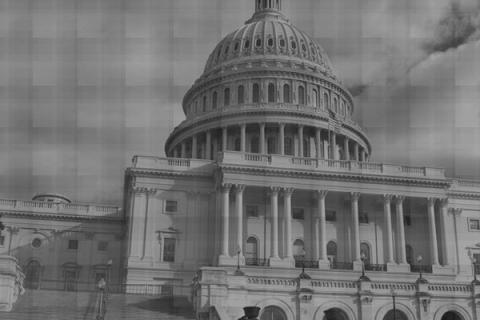Last week, Governor Arnold Schwarzanegger issued Executive Order S-14-08, a measure that will raise the state's renewable energy goals over the next 12 years.
"I am proposing we set the most aggressive target in the nation forrenewable energy - 33 percent by the year 2020 - that's a third of ourenergy from sources like solar, wind and geothermal," GovernorSchwarzenegger said.
"I am proposing we set the most aggressive target in the nation forrenewable energy - 33 percent by the year 2020 - that's a third of ourenergy from sources like solar, wind and geothermal," GovernorSchwarzenegger said.
But as always in politics, you have to read between the lines.
Californiaalready had an aggressive policy in place that would require 20 percent renewable energy sources by2010. It's not clear from this new executive order how the old targetwill be integrated. Is this really moving California's policy goalsforward – or is it going to actually back off from the 2010 goal?
As part of the package, Schwarzanegger saidthe state will streamline regulations to allow fast-tracking ofrenewable projects. "We won't meet that goal doing business as usual,where environmental regulations are holding up environmental progressin some cases," he said. "This executive order will clear the red tapefor renewable projects and streamline the permitting and siting of newplants and transmission lines."
Few will disagree that some streamlining is inorder – the current system involves several layers of permitting andapprovals at both the state and federal levels. Writing for The WallStreet Journal Online, Keith Johnson noted, "The permitting processfor new transmission lines is time-consuming, and cumbersome. Theenvironmental impact statement for a single, 150-mile transmissionproject in southern California, for instance, runs to 11,000 pages."
The governor's executive order will create a one-stopapproval shop, a joint Renewable Energy Action Team of the CaliforniaEnergy Commission (CEC) and the Department of Fish and Game (DFG) thatalso includes the U.S. Fish and Wildlife Service and the U.S. Bureau ofLand Management.
That streamlining might help good projects getthrough more quickly, but it can also be used to slip more questionableitems onto the agenda.
Take the Sunrise Powerlink transmission line for instance. To move the renewable-derived power around, we need moretransmission lines – but transmission lines have environmental impactsof their own, especially when they plow through sensitive ecologicalzones like the Mojave desert (where many solar installations are beingsited).
Sunrise Powerlink was nearly turned down because of the environmental impact – and because the California Public Utilities Commission decided it wasn't needed to meet the 2010 goal.
Now, with the new pumped-up 2020 goal, the argumentstarts all over again. And the streamlining looks like it might justhelp Sunrise Powerlink squeak through.
